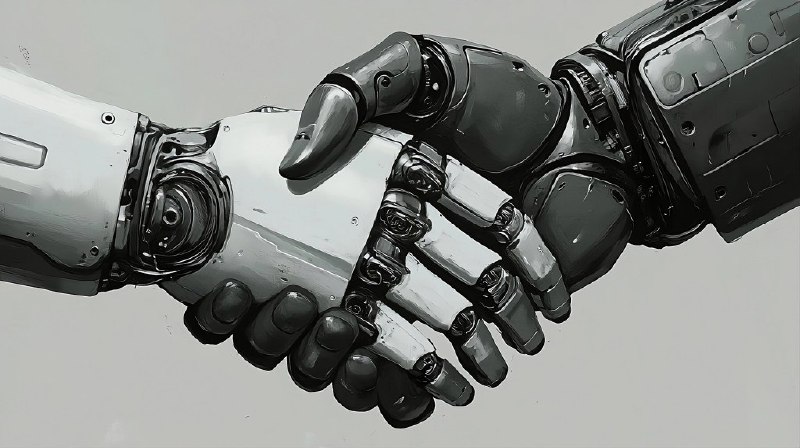Embrace the Future: Is Adopting Agentic AI Your Next Move?
Adopting Agentic AI: Rethinking Workflows for Future Possibilities
As organizations embark on the journey of integrating agentic artificial intelligence (AI) into their operations, the myriad of possibilities for enhancing productivity, efficiency, and creativity becomes evident. While the potential is vast, creating a framework that intelligently incorporates human input into AI workflows is essential for success. In this article, we explore innovative scenarios and possibilities around human-in-the-loop mechanisms and collaborative frameworks with AI agents.
The Rise of Agentic AI
Agentic AI refers to systems that can operate with a degree of autonomy, making decisions based on data without direct human oversight. As these systems become more capable, organizations must explore how best to utilize them while still maintaining a vital role for human cognition and supervision.
Scenario 1: Decision-Making in Healthcare
Imagine a hospital utilizing an AI system that not only automates patient data analysis but also collaborates with medical staff. The AI could suggest treatment plans based on the latest research and patient history. However, the final decisions would involve a healthcare team leveraging AI insights. In this scenario, the “human-in-the-loop” approach ensures that AI does not solely dictate outcomes but instead enhances human judgement.
Scenario 2: Creative Industries and AI Collaboration
In the creative sector, advertising agencies might use AI-powered tools to analyze trends and consumer preferences. Here, AI can generate multiple concepts for campaigns, but a team of creatives would refine and select the final outputs. By handling the unpredictable nature of creativity while accessing AI’s analytical capabilities, teams can achieve innovations that resonate more profoundly with audiences.
Scenario 3: Software Development and Continuous Learning
Consider a software company employing AI for coding assistance. The AI might suggest code snippets or debug existing code, but the development team reviews these suggestions, integrating necessary changes based on context and coding standards. This creates an environment of continuous learning, where both AI and humans can enhance their capabilities through collaboration.
Designing Workflows for AI Integration
To effectively harness agentic AI, organizations should consider the following approaches:
- Build AI Fluency: Invest in training programs that elevate the overall understanding of AI tools and their potential applications within the workforce.
- Redesign Workflows: Assess existing workflows to identify where AI can add value, ensuring that human oversight is integral in high-stakes or sentimental decision-making processes.
- Implement Supervision Structures: Establish protocols for how AI outputs are analyzed and validated through human judgement, fostering a collaborative environment.
Future Possibilities: Which Path Will You Choose?
The integration of agentic AI can lead to significant returns on investment for organizations that are willing to adapt and evolve. The critical question remains: What actions should businesses take to realize these benefits effectively?
- Assess Readiness: Evaluate the current technological landscape and your organization’s culture regarding AI adoption.
- Develop Clear AI Guidelines: Create a governance framework that defines appropriate use cases for AI, human roles, and the supervision required.
- Foster Collaboration: Encourage teams to work alongside AI tools rather than viewing them as standalone solutions, ensuring an environment that promotes creativity and critical thinking.
- Monitor and Iterate: Continually measure the outcomes of AI implementations to refine the processes and maximize benefits effectively.
Potential Benefits and ROI Examples
Implementing a human-in-the-loop approach with agentic AI can lead to numerous benefits:
- Increased Efficiency: Time savings through automation of routine tasks can result in a direct decrease in operational costs.
- Enhanced Quality: Collaborative frameworks can lead to higher quality outputs by merging AI’s processing power with human intuition.
- Reduced Errors: Fewer mistakes in critical decision-making processes thanks to AI oversight, leading to improved customer satisfaction.
For example, an advertising agency might see a 20% increase in campaign effectiveness through AI-generated insights, justifying their investments and leading to significant returns in sales and engagement.
Conclusion
In summary, adopting agentic AI with a focus on human collaboration fosters an ecosystem primed for innovation and growth. By building AI fluency, redesigning workflows, and instilling robust supervision mechanisms, organizations can unlock significant value from their AI implementations. Ready to navigate the future of work with AI? Schedule a consultation with our team today!


